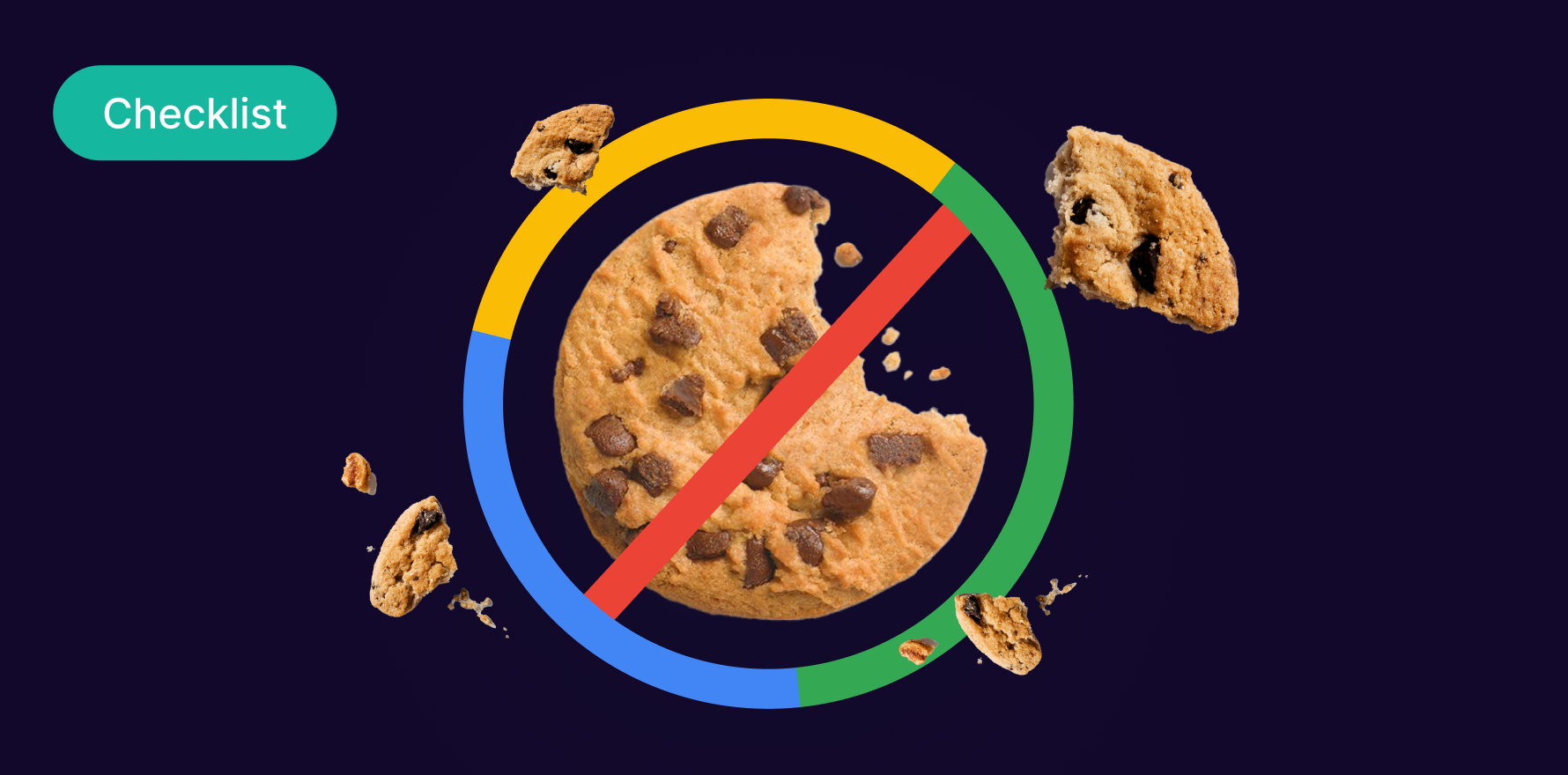What is Incrementality Testing?
Incrementality testing is a critical measurement strategy within the realm of marketing that quantitively evaluates how any specific marketing or advertising campaign affects consumer behavior. It’s a meticulously designed experiment created to validate the effectiveness of a marketing campaign by comparing consumer behavior within a controlled group (who has not seen the campaign) and a test group (who has been exposed to the campaign).
The main principle of incrementality testing lies in the fact that not all engagements or conversions are the result of particular marketing activities.
Example
For instance, an e-commerce company promoting a specific product may run an incrementality test where half of their audience sees a Facebook Ad, while the other half doesn’t. At the end of the campaign, the company may find that the conversion rate was 2% higher in the group that saw the ad, showing that the ad led to an incremental lift in conversions.
Why is Incrementality Testing important?
Incrementality Testing serves as a compass guiding marketers to make data-driven decisions and optimize marketing budgets effectively. Not all consumer actions are influenced by specific marketing initiatives; some are entirely organic. Incrementality Testing helps segregate and quantify the cause-and-effect relationships.
Which factors impact Incrementality Testing?
Improvement in incrementality testing can be achieved by:
- Utilizing a larger sample size for better accuracy.
- Ensuring the test and control groups are similar regarding demographics or behavior.
- Testing over a suitable length of time to capture adequate results for valid conclusions.
- Analyzing the subtler aspects such as channel/location specifics, creative variance etc.
How can Incrementality Testing be improved?
Prominent factors affecting incrementality testing may include seasonality (a specific time, holiday or event), duration of the campaign, campaign budget, the accuracy of targeting, and the demographic profiles of the test and control groups.
What is Incrementality Testing’s relationship with other metrics?
Incrementality Testing has a significant relation with key ecommerce metrics. It showcases critical insights into metrics like Return on Ad Spend (ROAS) and Customer Acquisition Cost (CAC) by demonstrating the actual effectiveness of marketing endeavors. Additionally, the Incrementality rate can influence key metrics like Customer Lifetime Value (CLV) or Average Order Value (AOV).
Free essential resources for success
Discover more from Lifesight






















































